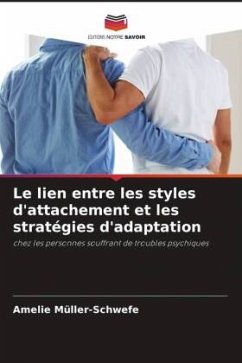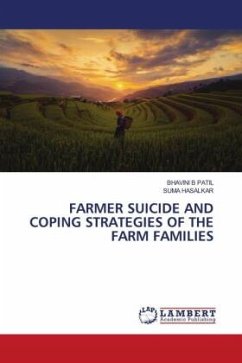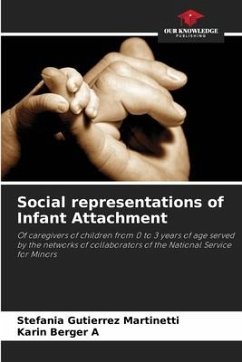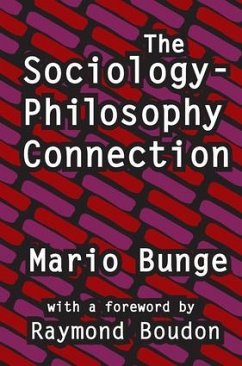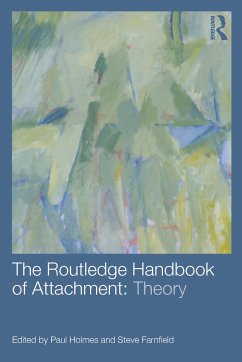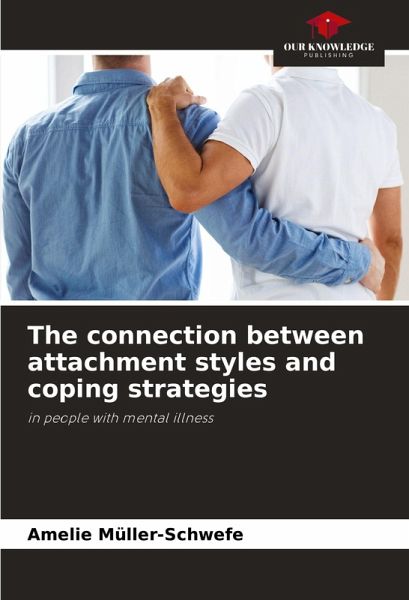
The connection between attachment styles and coping strategies
in people with mental illness
Versandkostenfrei!
Versandfertig in 6-10 Tagen
36,99 €
inkl. MwSt.

PAYBACK Punkte
18 °P sammeln!
This study examines the relationship between attachment style and coping strategies. This is interesting for basic research into coping. In his attachment theory, Bowlby refers to 'working models' that develop in early childhood based on attachment experiences. These internal working models could be one explanation for the presence, absence or type of coping strategies in humans. An insecure attachment style is considered a vulnerability factor in relation to mental health problems. In clinical samples of people with mental illness, studies have found a significantly increased number of people...
This study examines the relationship between attachment style and coping strategies. This is interesting for basic research into coping. In his attachment theory, Bowlby refers to 'working models' that develop in early childhood based on attachment experiences. These internal working models could be one explanation for the presence, absence or type of coping strategies in humans. An insecure attachment style is considered a vulnerability factor in relation to mental health problems. In clinical samples of people with mental illness, studies have found a significantly increased number of people with an insecure attachment style. The connection can therefore be particularly clear in patients at a psychosomatic clinic. Based on these findings, stress management courses or interventions could potentially be tailored more individually and thus made more effective, for example by taking emotional and attachment aspects into account to a greater extent.




